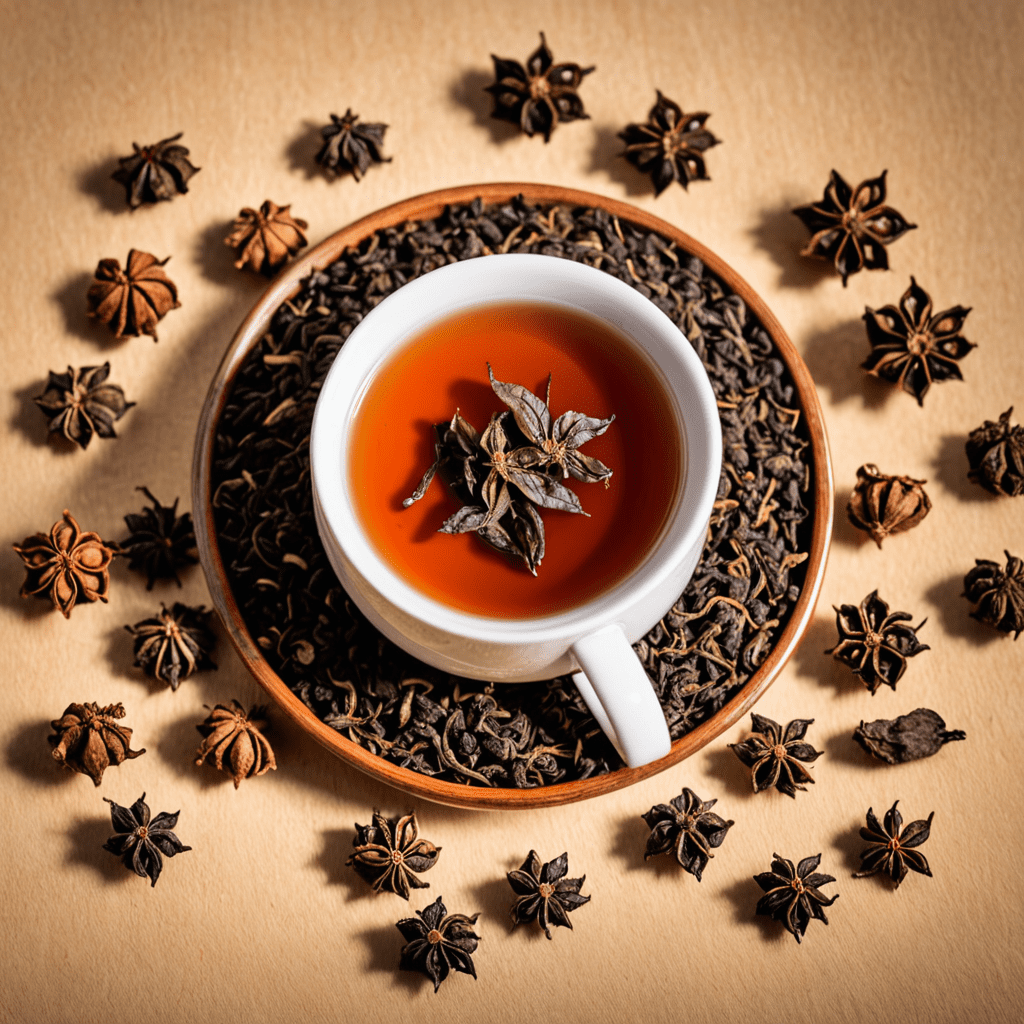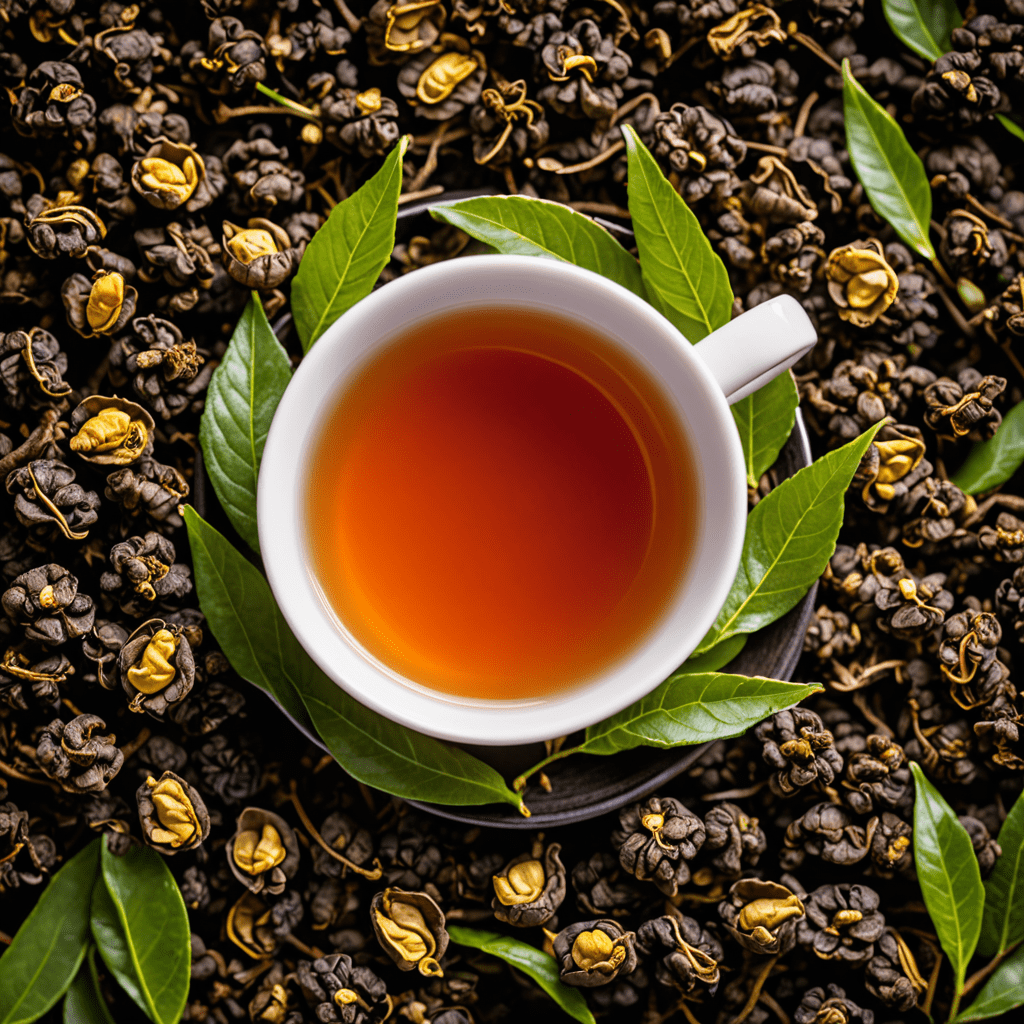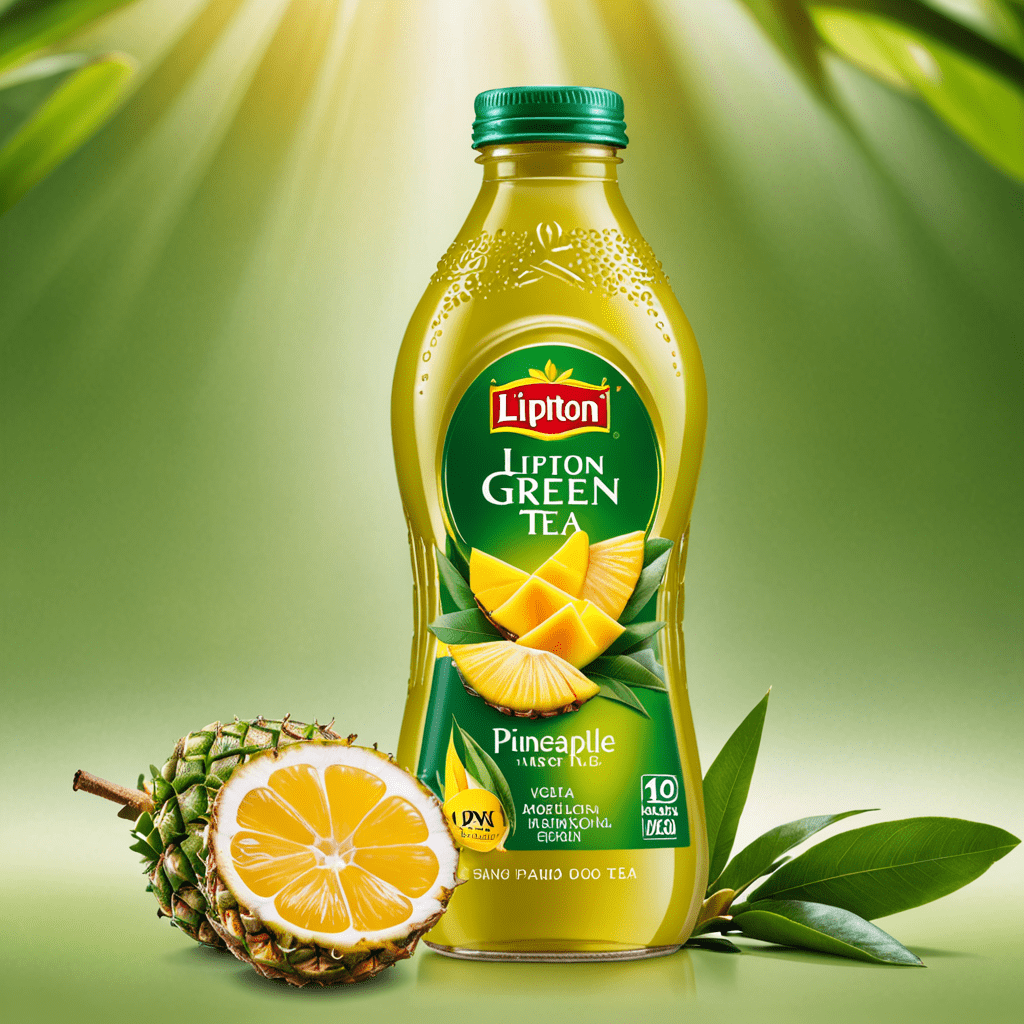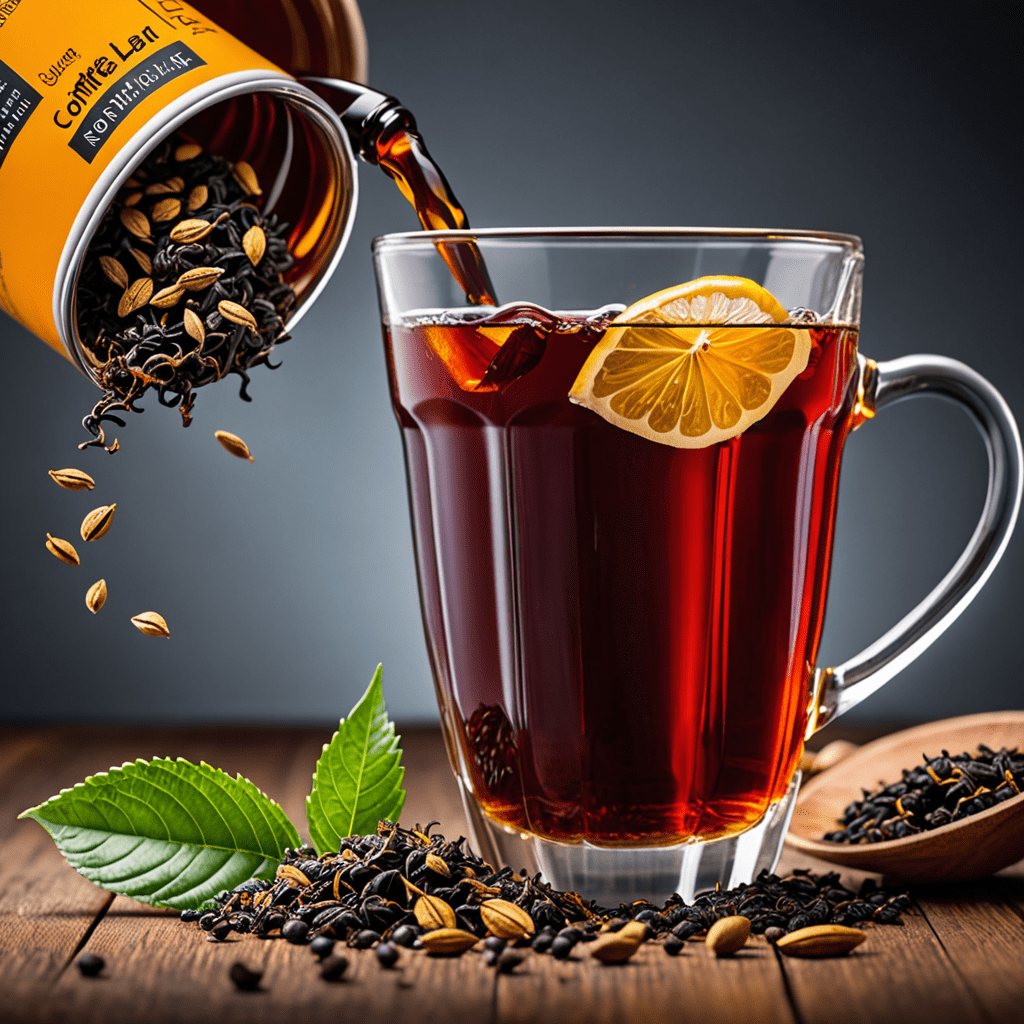
Exploring the Different Types of Pu-erh Tea
Introduction to Pu-erh Tea
Pu-erh tea is a unique type of fermented tea that originates from the Yunnan province in China. Known for its distinct earthy flavor and potential health benefits, Pu-erh tea has gained popularity worldwide.
Raw Pu-erh Tea
Raw Pu-erh tea, also known as Sheng or green Pu-erh, undergoes minimal fermentation and is typically aged for a longer period. It offers a vibrant and slightly astringent taste, often described as floral or grassy.
Ripe Pu-erh Tea
Ripe Pu-erh tea, referred to as Shu or black Pu-erh, undergoes an accelerated fermentation process. It tends to have a mellow, earthy flavor with notes of sweetness and a smooth mouthfeel.
Traditional vs. Modern Processing
Traditional Pu-erh tea processing involves sun-drying and fermentation in natural conditions, while modern processing techniques may include accelerated fermentation and controlled drying methods. Each approach offers unique flavor profiles.
Aged Pu-erh Tea
Aged Pu-erh tea is highly prized for its complex and nuanced flavors that develop over time. The aging process can enhance the tea’s aroma, taste, and overall quality, making it a favorite among tea enthusiasts.
Health Benefits of Pu-erh Tea
Pu-erh tea is believed to have various health benefits, including aiding digestion, promoting weight loss, and reducing cholesterol levels. However, it’s essential to consume Pu-erh tea as part of a balanced diet and healthy lifestyle.
Exploring Pu-erh Tea Varieties
Exploring the diverse world of Pu-erh tea varieties can be a fascinating journey for tea lovers. From aged raw Pu-erh to ripe Pu-erh blends, each type offers a unique flavor experience that reflects the rich heritage of this traditional Chinese tea.
What are the main types of Pu-erh Tea?
1. Sheng Pu-erh:
Sheng Pu-erh, also known as raw Pu-erh, undergoes a natural fermentation process over time. It possesses a more vibrant and astringent taste compared to its aged counterpart.
2. Shou Pu-erh:
Shou Pu-erh, or ripe Pu-erh, goes through an accelerated fermentation process that mimics the aging process. It yields a darker, earthier flavor profile with a smoother taste.
3. Aged Pu-erh:
Aged Pu-erh teas are renowned for their distinct flavors that develop over years of proper storage. They offer complex, mellow, and rich profiles appreciated by seasoned tea enthusiasts.
What factors influence the characteristics of Pu-erh Tea?
1. Processing:
The method of processing, whether raw or ripe, significantly impacts the flavor, aroma, and overall characteristics of Pu-erh tea.
2. Aging:
The duration and conditions of aging play a crucial role in developing the unique qualities and complexities found in Pu-erh tea.
3. Terroir:
The geographical region where the tea is grown, including factors like altitude, climate,


